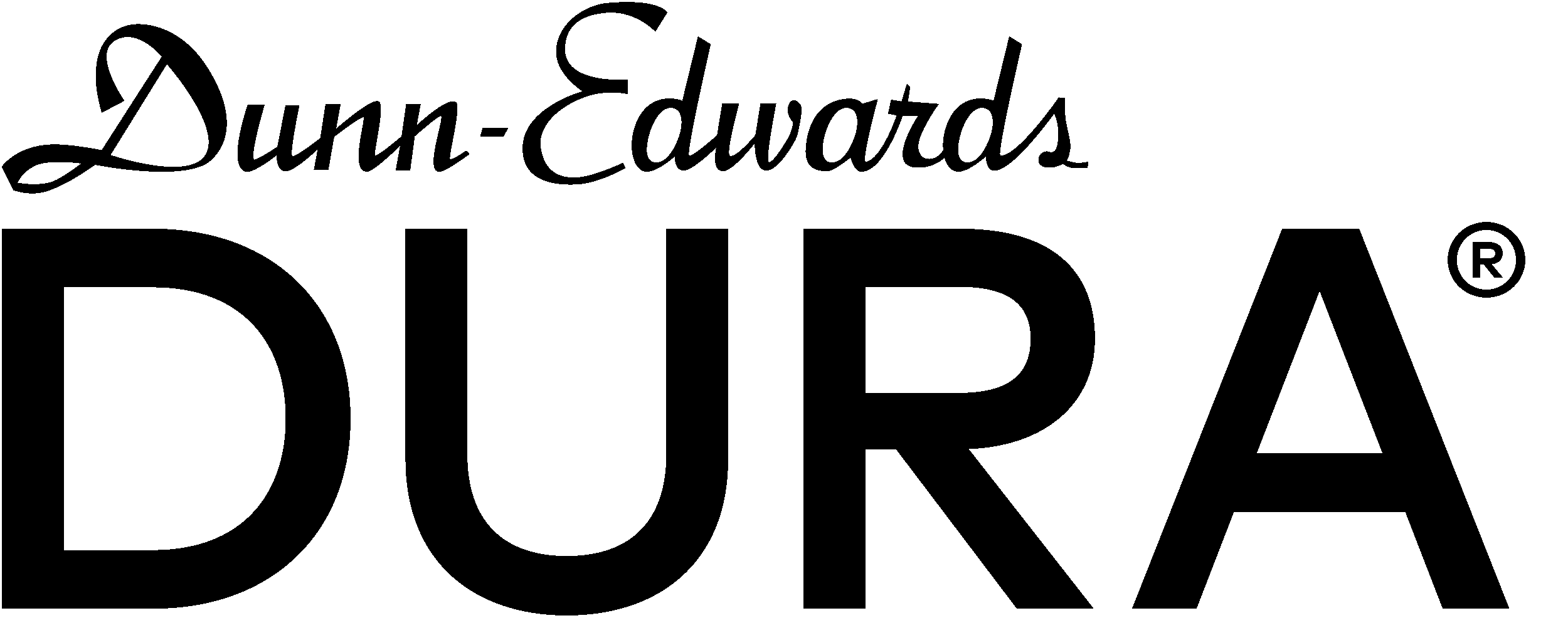CARING FOR YOUR WALLS
Your walls are your masterpiece. With the right care, you can preserve their clean, crisp look and extend the life of your paint.
KEEP IT FRESH
Who doesn't love the look of a fresh coat of paint? Especially one that you applied yourself. With a little care and a few smart choices, you can keep your walls looking as fresh as day one for years to come.
Basic Maintenance
• Wipe down walls regularly with a damp cloth or sponge to keep dirt from accumulating and becoming permanently embedded in the paint film. This is especially important for walls in kitchens and high traffic areas.
• When washing walls or removing stains, do only the minimum amount of cleaning, using the lightest pressure necessary. This will help avoid burnishing (aka shiny spots).
• Always use the least-aggressive cleaner, such as a mild soap solution, and perform a test on a small area first to be sure the cleaner will not cause fading.
• After cleaning, always rinse your walls with warm water to remove any remaining cleaning solution residue, which can attract dust and dirt.
Stain-Specific Tips:
Crayon & Washable Markers
• For the most severe marks, use a high strength multi-purpose cleaner. Be sure to follow instructions on the label and apply it sparingly to avoid paint removal.
• For less severe marks, use a mild general household cleaner.
• For stubborn marks, sprinkle some baking soda on a damp sponge and rub gently in a circular motion.
Kitchen Grease
• Add 2 oz. liquid household ammonia to 1 gallon of TSP (trisodium phosphate) solution.
• Start washing at the bottom and work your way up. This prevents the cleaning solution from running down the dirty part of the wall and causing hard-to-remove streaks.
Scuff Marks, Pen & Pencil Marks, and Dirt Around Doorknobs and Light Fixtures
• For more severe marks, use a high-strength multi-purpose cleaner. Be sure to follow instructions on the label and apply it sparingly to avoid paint removal.
• For less severe marks, use a solution of dishwashing detergent or TSP with warm water.
• For stubborn marks, add non-gel toothpaste (a mild abrasive) to a damp cloth and wipe marks away.
• For the most stubborn marks, sprinkle some baking soda on a damp cloth and wipe marks away.
• For scuff marks and pencil marks, try using an art gum eraser.
• For ballpoint pen marks, spray with alcohol and wipe off, or mix 1 tablespoon of fresh lemon juice and 1⁄2 tablespoon of salt. Put the solution on a damp rag and gently wipe off. Excessive pressure will cause paint to burnish.
• For oily smudges and dirt around door knobs and light switches, use a high-strength multi-purpose cleaner on a wet rag. Be sure to follow instructions as well as strong solvent warnings on labels as applicable.
Permanent Marker
• These marks are difficult to completely remove. To lessen the severity of the marks, try using a solvent-based cleaner. Be sure to follow instructions as well as strong solvent warnings on labels as applicable. Be advised: using any of these solutions will likely result in some damage to the finish.
• Try to carefully spot-clean areas with a non-gel toothpaste.
Gum
• Hold a plastic bag filled with ice on the gum to harden it. Scrape off excess gum with a spatula or dull knife. Then use a high-strength multi-purpose cleaner to remove the residue. Be sure to follow instructions on the label and apply it sparingly to avoid paint removal.
Wax
• Melt the wax with a hair dryer and wipe away the excess; ironing a paper towel over the wax can work too.
• The greasy mark left behind can be removed by wiping with a weak solution of vinegar.
Mildew
• Be aware of mildew growth on surfaces that tend to be moist. This includes laundry, basement, bathroom and kitchen areas.
• Mildew should be treated and removed, never simply painted over.
• To distinguish dirt from mildew, test the surface by putting a few drops of household chlorine bleach on it. If the surface has mildew, the color will be bleached out in just a few minutes.
• Apply a 3-to-1 mixture of water and household bleach to the area using a rag or sponge. Be sure to wear eye protection and gloves. With colored paints, test a small area first to be sure the bleach solution will not cause fading.
• Allow the mixture to remain on for 20 minutes; add more as it dries. Rinse the area thoroughly.
• For severe mold and mildew issues, seek professional guidance on how to best handle it.
• Wipe down walls regularly with a damp cloth or sponge to keep dirt from accumulating and becoming permanently embedded in the paint film. This is especially important for walls in kitchens and high traffic areas.
• When washing walls or removing stains, do only the minimum amount of cleaning, using the lightest pressure necessary. This will help avoid burnishing (aka shiny spots).
• Always use the least-aggressive cleaner, such as a mild soap solution, and perform a test on a small area first to be sure the cleaner will not cause fading.
• After cleaning, always rinse your walls with warm water to remove any remaining cleaning solution residue, which can attract dust and dirt.
Crayon & Washable Markers
• For the most severe marks, use a high strength multi-purpose cleaner. Be sure to follow instructions on the label and apply it sparingly to avoid paint removal.
• For less severe marks, use a mild general household cleaner.
• For stubborn marks, sprinkle some baking soda on a damp sponge and rub gently in a circular motion.
Kitchen Grease
• Add 2 oz. liquid household ammonia to 1 gallon of TSP (trisodium phosphate) solution.
• Start washing at the bottom and work your way up. This prevents the cleaning solution from running down the dirty part of the wall and causing hard-to-remove streaks.

















